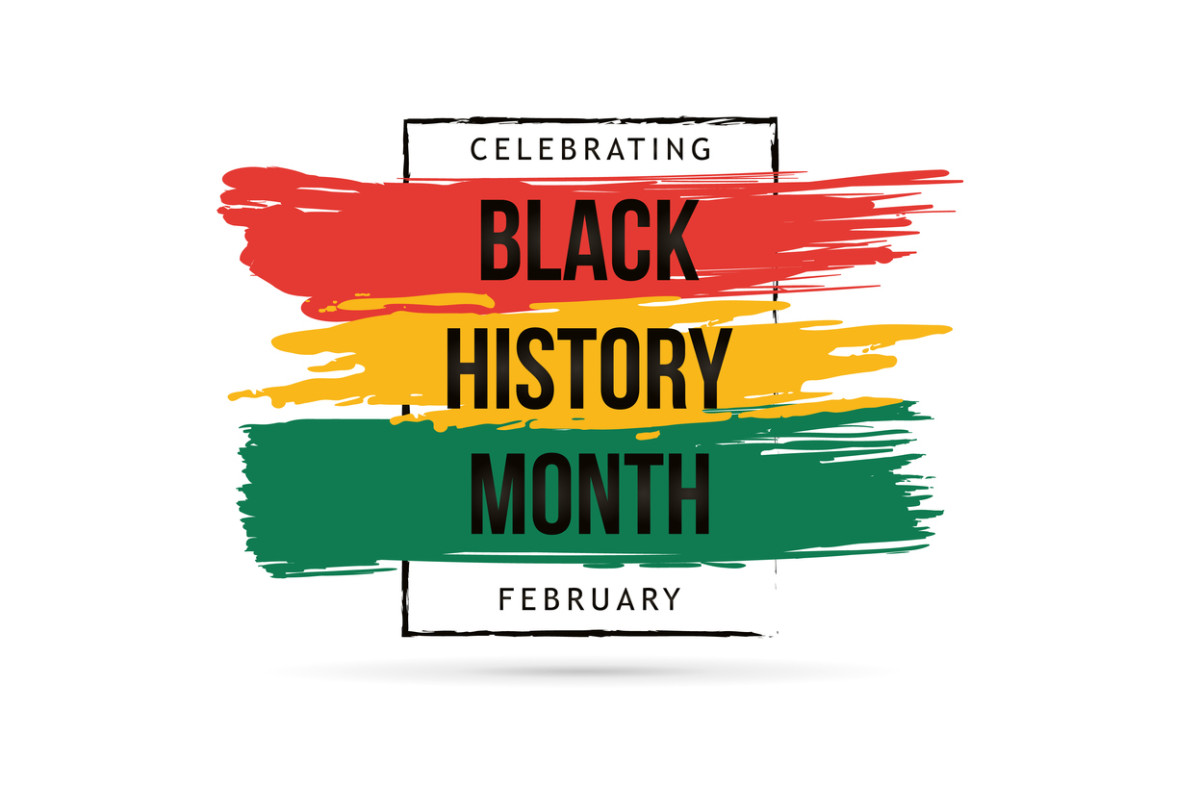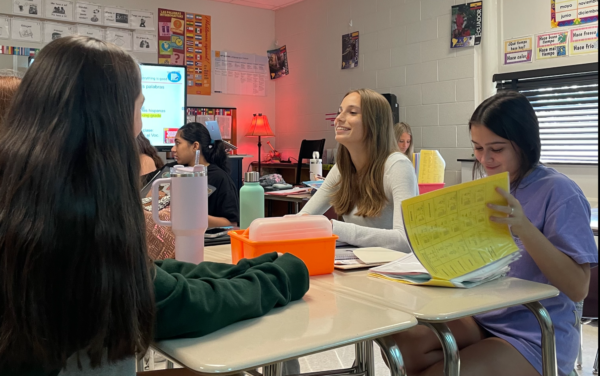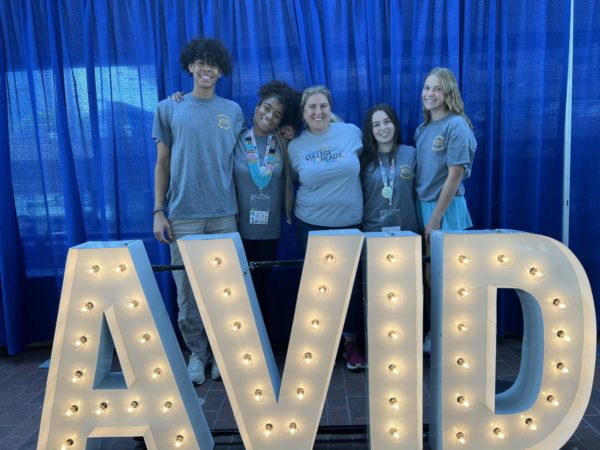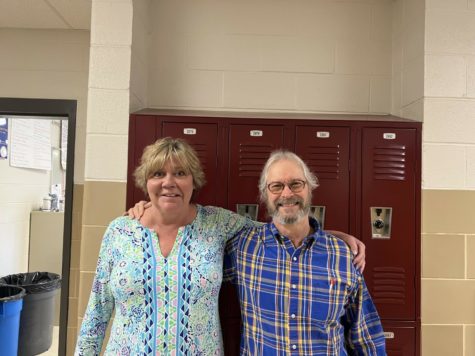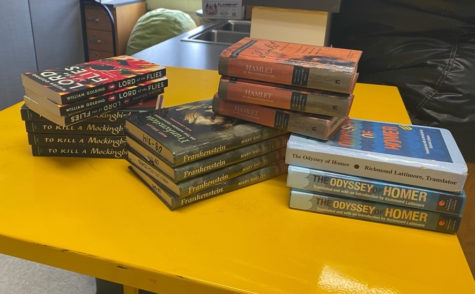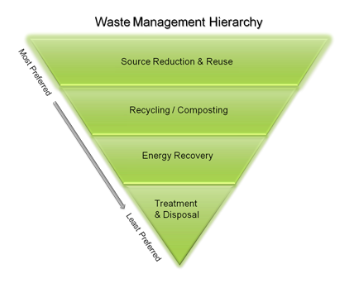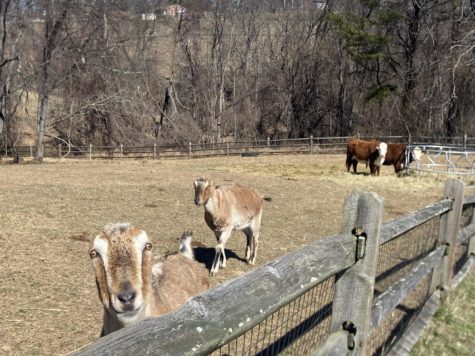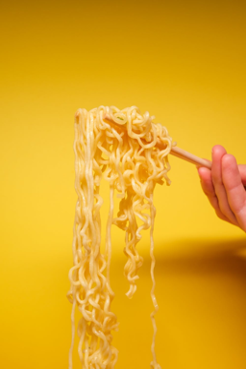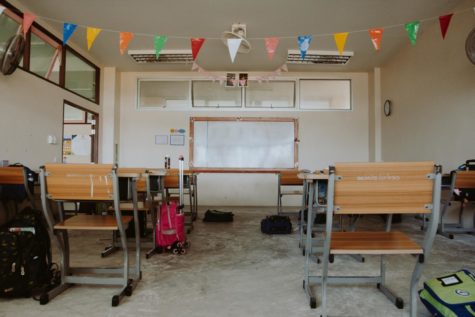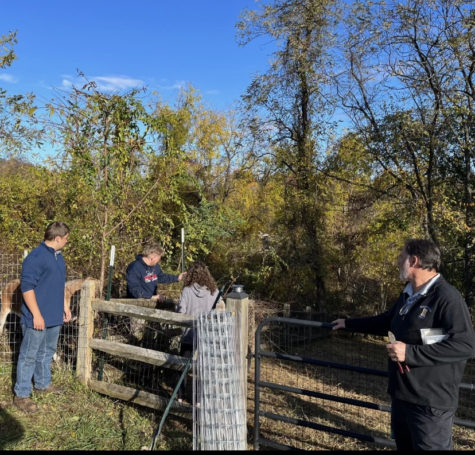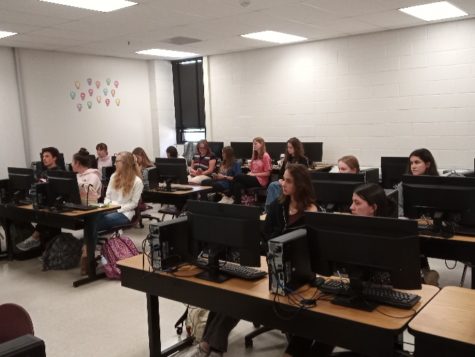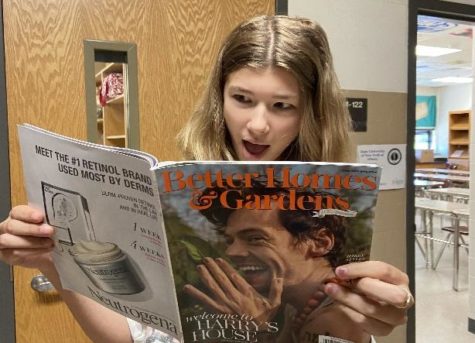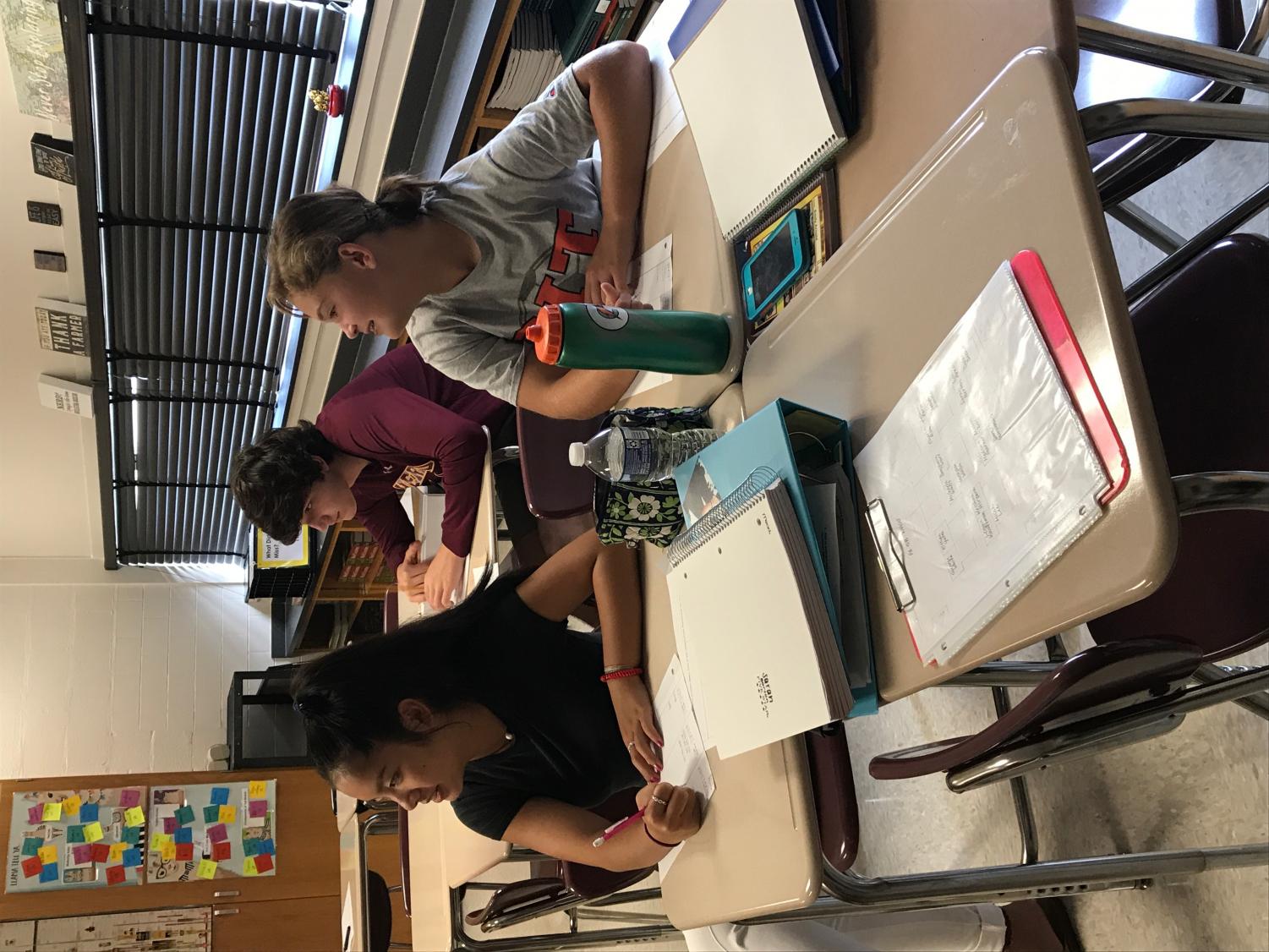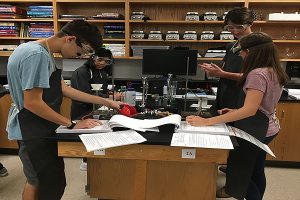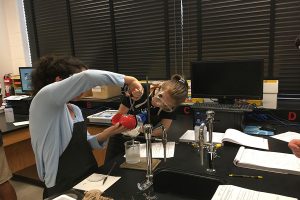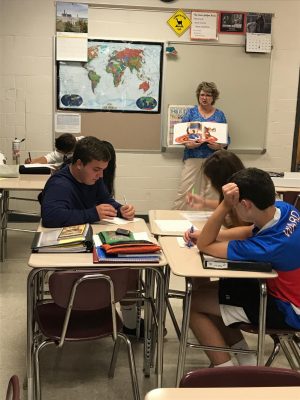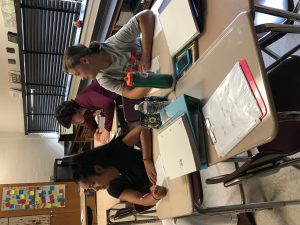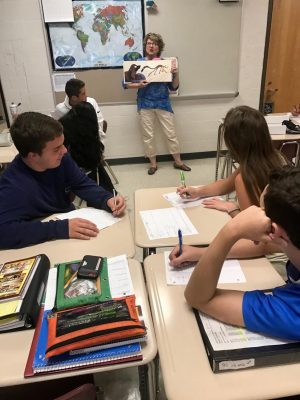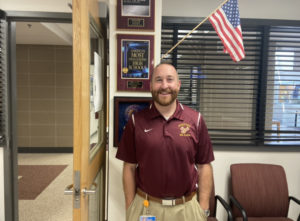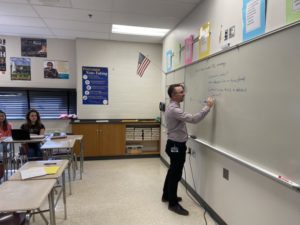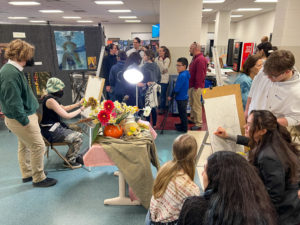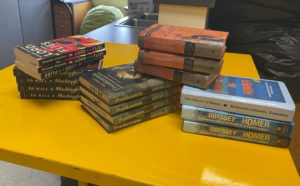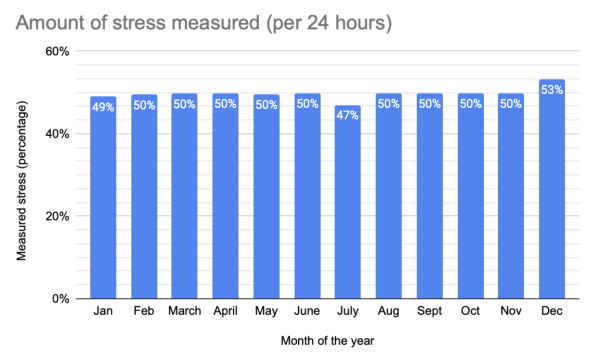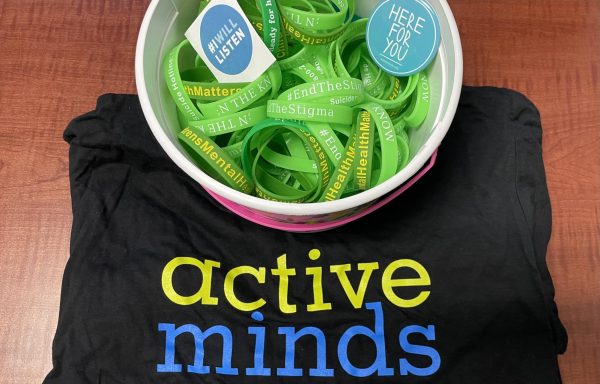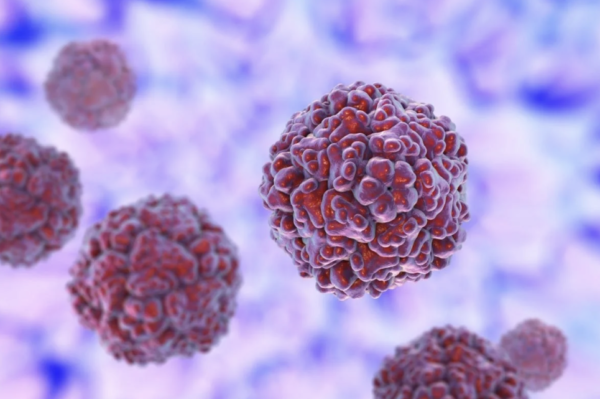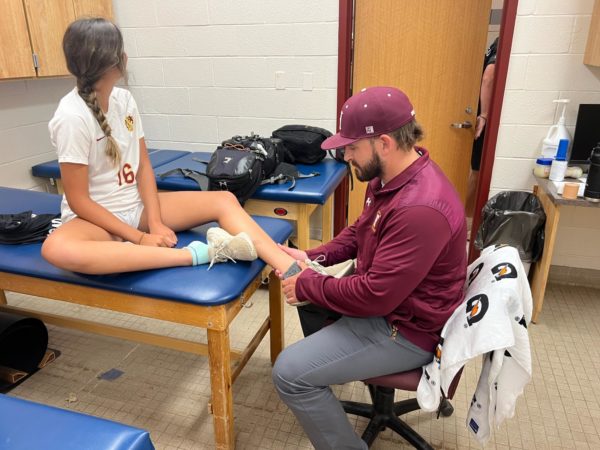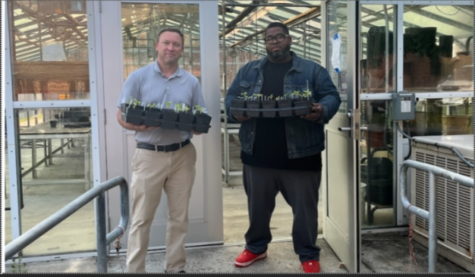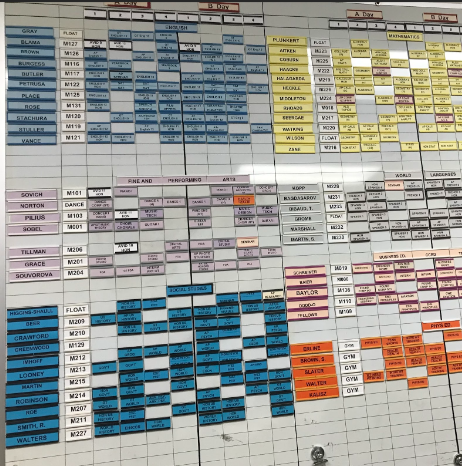In the classroom… Lab reveals identity of chloride salt
October 27, 2017
This month in the classroom students participated in activities designed to facilitate and enrich their classroom experience. Students in AP Chemistry participated in their first lab of the year, using stoichiometry to determine the identity of an unknown chloride salt by precipitating a chlorine ion from their solution. Students in GT World History used a children’s book to compare how primary sources interpret events differently.
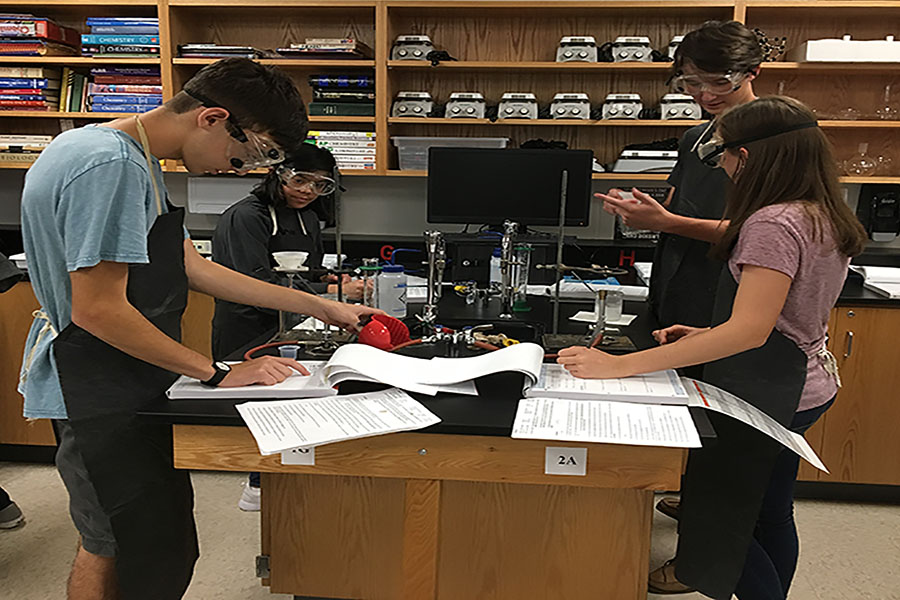
Nathan Hamidi (’19) and Jenna Tognola (’18) write down measurements taken in their first AP Chemistry lab.
“This is really just an intro [lab] so that we can get used to the environment. There’s also the application for it in that The Mill theoretically uses this salt to so we’re trying to find out what it is,” said Tognola.
“We’re trying to find an unknown chloride salt by precipitating a chlorine ion from the solution and taking it from there; we’ll be able to do well on future labs by learning the ins and outs of the lab environment with this [introductory lab].”
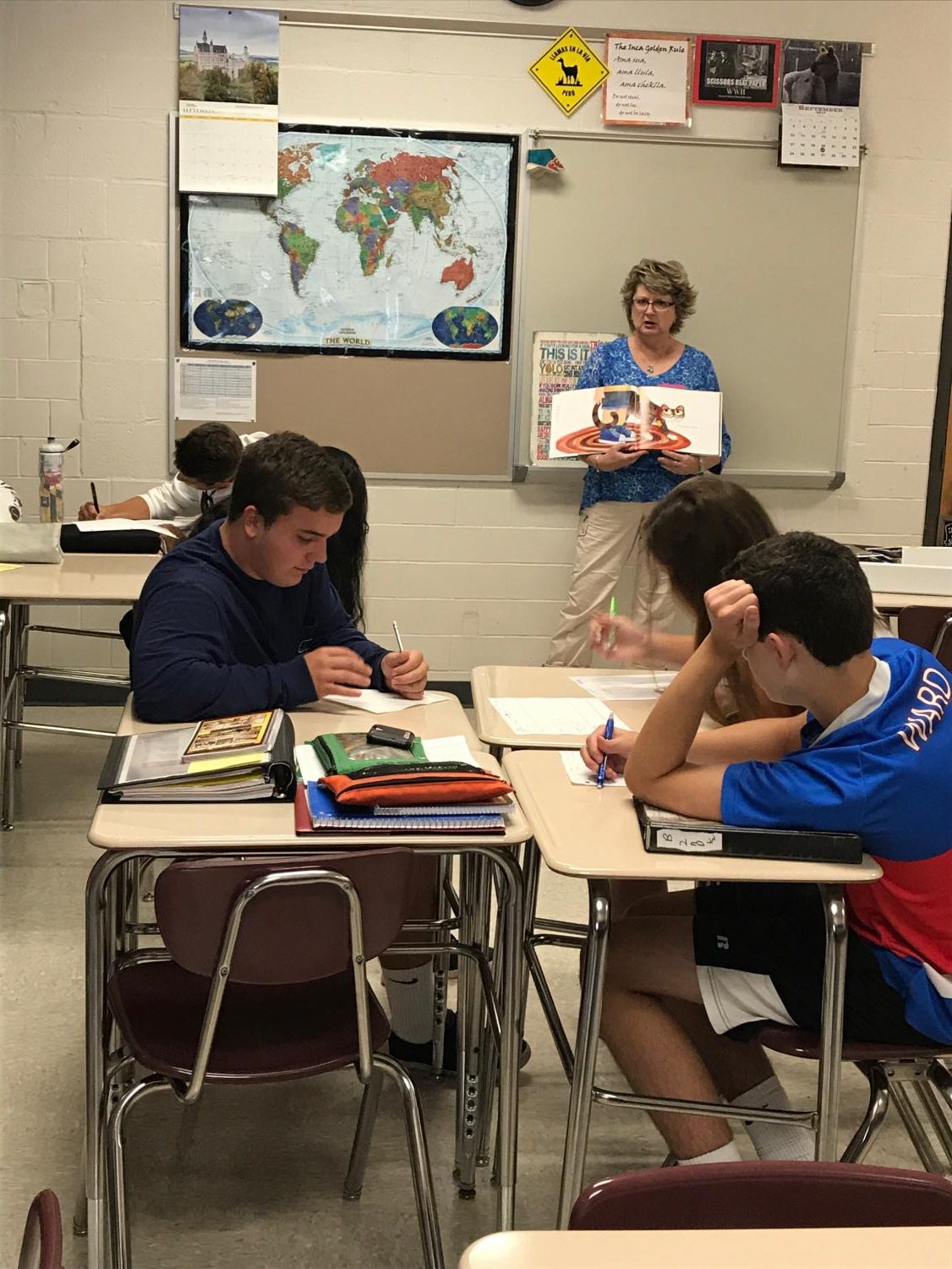
Students in GT World History 10 listened to a reading of a children’s book, identifying differing points of view, and characters describing why the author structured the story this way.
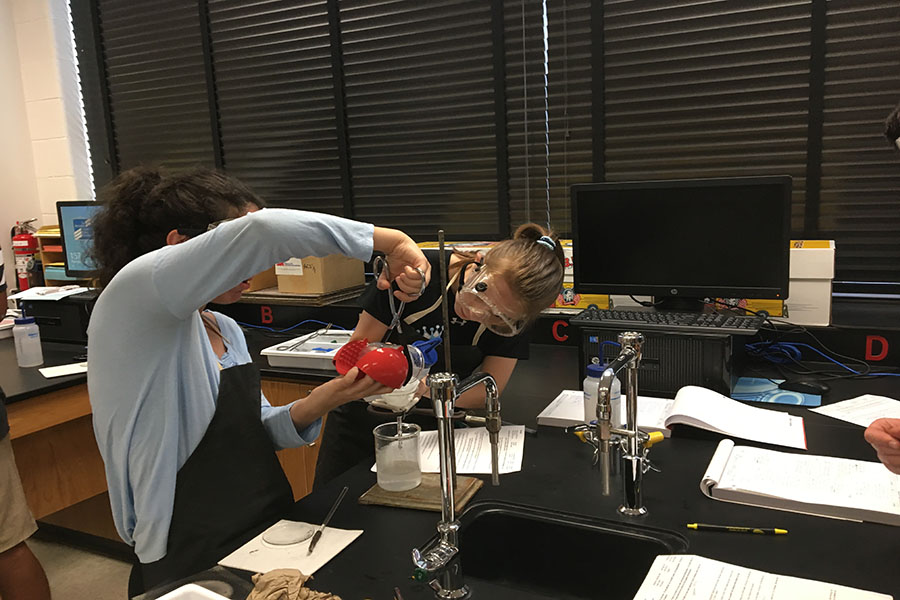
Sydney Jenkin (’20) assists Beata Assadi (’19) as she pours a substance into their filter paper.
“We’re working with reaction stoichiometry which is important for a lot of labs we’ll be doing [later in the year],” said Jenkin. “I think it’s really interesting seeing what reactions look like and doing labs you wouldn’t ordinarily do in GT or Honors Chemistry.”
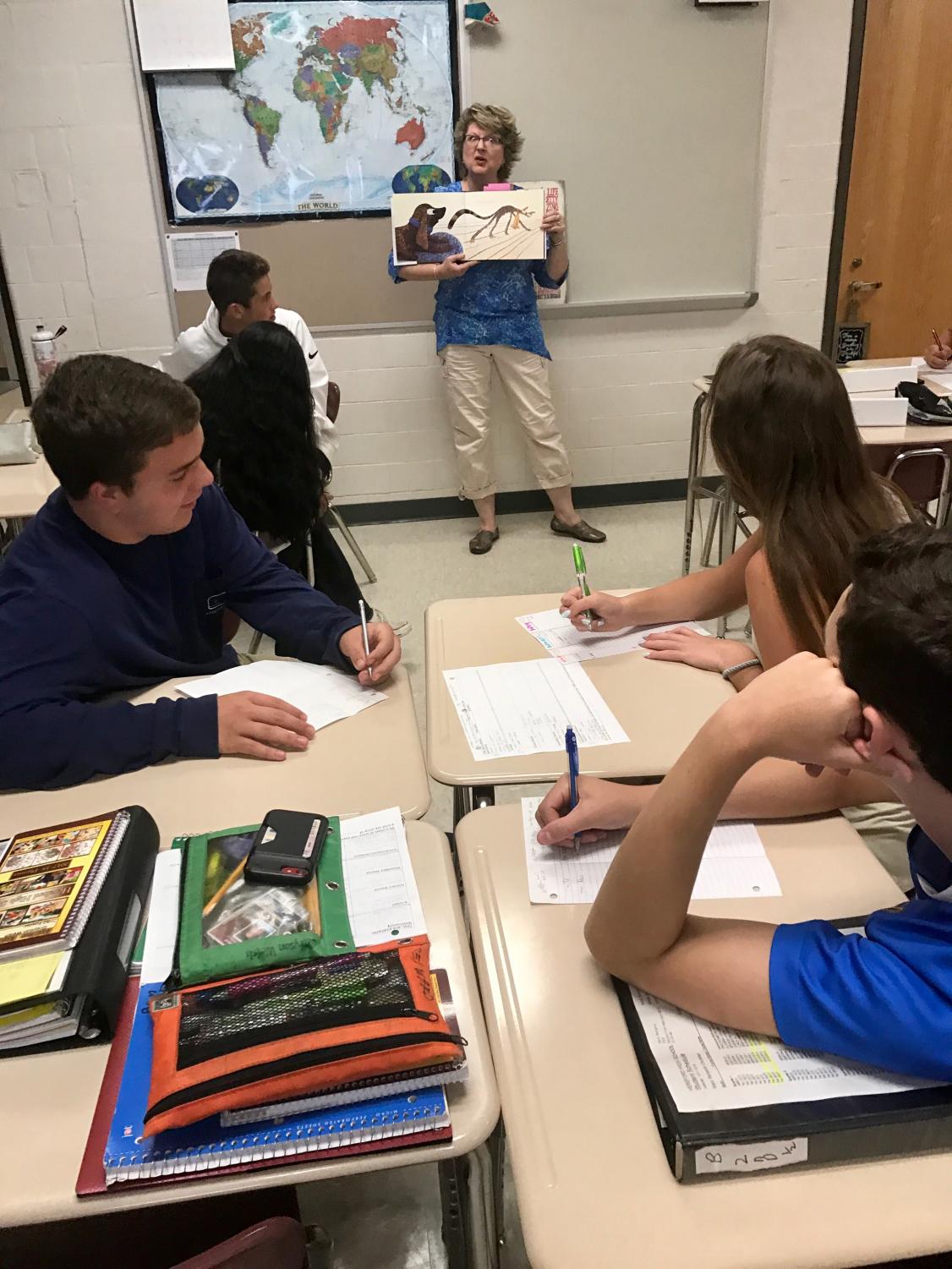
“It was interesting to see the different perspectives and how it influences what we think,” Logan Kauffman (’20) said. “It was more fun than reading a textbook.”
“We started from the basics and we’re building up from it,” Emily Arnold (’20) said.

